Homin (Haw-min)
Small people that call the trees their home
Homins are a species that are unique among humans due to their distinctive long, prehensile tails and hand-like feet capable of well-articulated movements making them more at home in the trees then they are on the ground. They are also short in stature, most below four feet in height even in adulthood.
Even with humble beginnings in the high leafy canopies of tropical forests, their drive, curiosity, and fighting spirit allowed them to settle in various forests the world and even grow new woodlands to improve their livelihood. Their lifestyle and mannerisms have also led to the race having relatively good relations with most other races of the world.
Basic Information
Anatomy
Homins mostly resemble humans with proportionate dwarfism, although their arms are slightly longer, as they can put their hands on their knees without them bending their legs. The major distinctive differences from other human species besides size are their prehensile feet with longer grippable toes and a opposable thumb and their fully prehensile tail that extends from the lower base of spine and covered with a fine layer of hair, the same color as that on their head.
Homins come in roughly four different phenotypic groups: Tropic homins tend to be the most lithe, most sparse body hair and dark skin; Isle homins tend to be smaller with the darkest hair and skin; Silvid homins tend to be taller and of intermediate skin color; Taiga homins tend to have the lighter shades of hair and skin. Of course many homins have a blend of these traits due to admixture.
Biological Traits
Prehensile Tail: Homins have a long, flexible tail that projects from the sacral triangle that they can use to hold on to branches and alternatively, carry objects. Their tails are covered in hair that matches the color on their heads and it tends to be longer than their legs. Strong and coordinated as any other limb on the Homin, the tail supports their arboreal lifestyle by serving as a fifth hand and is strong enough to suspend their entire body from a branch.
Prehensile Feet: Homin feet have four long toes and an opposable big toe. Homins can grasp things with their feet just as well as their hands. The foot is mostly straight and rigid, allowing for bipedal walking and running but not as efficiently as terrestrial humans.
Arboreal Locomotion: Homins are mostly brachiators, propelling themselves through the forest by swinging under tree branches using their arms. They can leap well above their heights due to high power to weight ratios launching them. They can swing from branch to branch for distances of up to 15 m (50 ft), at speeds as high as 55 km/h (34 mph) and make leaps of up to 8 m (26 ft). When climbing a cliff face, they can typically travel up seven feet per second on average.
Strong Grip: The joint and tendon arrangement of homin hands produce two adaptations that are significant for arboreal locomotion. At rest, their fingers tend to be curved, creating a suspensory hook grip. Additionally, even without using their thumb, the fingers and hands can grip tightly around objects with a small diameter by resting the tops of the fingers against the inside of the palm, creating a double-locked grip. Their grip strength can allow them to easily carry their own body weight on only their fingertips for extended periods of time.
High power to weight ratio: Homins bodies are relatively robust, and can withstand and exert a high amount of power as their climbing lifestyle accentuates the need for arm and leg strength. A homin’s skeletal muscle has longer fibers than the hauflin equivalent and can pound for pound, generate twice the work output over a wider range of motion.
Natural Mana Absorption: Homins like other living things can produce magic power within themselves but less quickly than preternatural beings. To compensate, natural creatures like them mostly replenish their reserves by absorbing the the magic which is emitted passively by surrounding life forms and inanimate objects in the environment.
Manaplasm Conjuration: Being humans, when homins channel mana from the environment into magic, the energy generates a substance known as manaplasm. Conjuring manaplasm allows homins to use it for various things such as act as a projectile, barrier, mimic other substances, or alter preexisting magical effects.
Genetics and Reproduction
As with other mammals, homin reproduction takes place as internal fertilization by mating between an male and female couple to produce offspring. While developing in their mother's womb, the child gives her a distinctive "baby bump" accompanied by a significant weight gain.
The delivery itself normally takes place after nine months of pregnancy. It is typically a painful process that can take as much as ten hours. In some circumstances, women could die during childbirth, although it became less common in places with access to top-notch medical technologies. For at least the first six months of existence, homin babies are usually fed with milk from their mother's breasts.
Growth Rate & Stages
The period during which a young homin develops from a child into an adult is known as adolescence. Unlike modern humans, homins don't go through a growth spurt, explaining their adult stature. As for when they hit sexual maturity, it averages 12-16 for females and 14-17 for males.
Homins hit their peak of physical and mental capacity from the years of 25 to 35, after a decade or so from their bodies may deteriorate in quality without specific diet or exercises. A homin without advanced medical treatments can likely live roughly half a century, recent advances able to extend this to possibly a century and a half.
Regardless of physiological and psychological changes, the legal transition from childhood to adulthood depends on culture. While some societies treated their members as adults as early as the age of 13, others consider full adulthood only at 18.
Ecology and Habitats
Forests of all kinds: Primarily tropical and subtropical, temperate, even boreal
Dietary Needs and Habits
Homins are opportunistic omnivores, capable of consuming a wide variety of plant and animal material. Staples of their diet are fruit, tree nuts, edible flowers, leaves, edible fungi, and eggs. They will also hunt for various invertebrates likes insects or small vertebrates such as lizards, rodents and small birds. Homins living near the water will also eat fish, mollusks, and crustaceans that they can hunt.
Biological Cycle
Homin females are fertile year round, and have a menstrual cycle roughly every month. Homin women will also go through menopause, typically after 50 years of age, in which they will no longer bare children but males remain fertile much longer, many well into their 70's.
Additional Information
Facial characteristics
Tropic homins tend to have round flat faces with small noses and epicanthal folds near the eyes making them appear narrow and slanted. Silvid homins tend to have prominent cheekbones, a wide face tending to square on the bottom, and small eyes. Isle homins tend to have broad heavy faces with a large straight nose, rounded jaw-line, full lips and occasional epicanthal folds. Tiaga homins tend to have short heads and broad faces with low and widely spaced eyes with a medium sized nose that gives a child-like quality.
Geographic Origin and Distribution
Forested areas worldwide
Tropics are mainly from the Zomia Tropics and Deshi regions. Silvids are from the Saguenay and Norumbega regions of Hahnunah while Tiaga homins are from Inuktitut. Isle homins are from the various islands of Tasmantis.
Average Intelligence
Sapient
Civilization and Culture
Beauty Ideals
The ideal for a female homin is having plump lips, prominent and perky breasts, thinner waist, and wide hips and buttocks. The ideal for male homins is having broad shoulders, an athletic build, and toned abdominal muscles. For both, hair on the tails tend to be groomed so they are clean and pleasant to touch.
Gender Ideals
Homins with a foraging lifestyle tend to have an egalitarian social ethos with both men and women roughly as influential and powerful as each other. Postmarital residence among tends to be matrilocal, at least initially since young mothers can enjoy childcare support from their own mothers, who continue living nearby in the same camp. One common arrangement is the sexual division of labor, with women doing most of the gathering, while men concentrate on big game hunting. However situations where the roles are reversed are generally not stigmatized such as certain males rearing children or females that hunt.
Courtship Ideals
Many young homins in naturalist and most rural environments grow up near their parents, and thus observed sexual activity as a frequent and natural phenomenon. Around puberty, the youth may begin to play erotic games with each other and about four or five years later, they begin to pursue sexual partners in earnest. Girls are just as assertive and dominant as boys in pursuing or refusing a lover and this is not only allowed but encouraged.
Homins tend to be more open about sexual activities with those familiar if they are born and raised in a natural or rural environment or have a liberal philosophy. Otherwise, homins raised in an urban lifestyle or conservative belief system will seem more repressed by comparison.
Relationship Ideals
The majority of homins tend to be serial monogamists, though various cultures have polygamous set ups.
Average Technological Level
Tribal and rural cultures of homins make great use of simple tools built from natural materials, known as woodcraft. Using grasses, vines, and leaves they weave and decorate baskets to carry plants, crops, and food to bring back to their nests. Fire starting with flint stones or sticks was also was independently discovered by the homins direct ancestors along with simple metallurgy.
Homins are also capable of using mechanical and electronic technology, although most examples were from other peoples.
Common Dress Code
Homins are relatively lax about modesty as most cultures differentiate nudity from sexuality. Children innocently go around with relatively little or no clothing, in most cultures. Most adults in humid regions wear light clothing like loin clothes and wraps or even none at all. Homins in temperate, subarctic, or urban environments tend to wear casual and active wear clothing due to comfort, social pressure or self expression. Due to their feet, homins don't wear the shoes worn by many terrestrial species. Most go barefoot although some wear foot coverings that resemble gloves or socks at a glance.
Culture and Cultural Heritage
Socialization
In general, children are educated informally by their families or community basically anywhere. Most involves imitation of what others do and say as well as experimentation and repetitive practice of basic skills. This is what happens when children role-play adult interactions in their games.
Architecture
Homins build their homes within the trees that they live in. In the tropics, most homins create smaller nests opposed to building larger structures due to their nomadic lifestyle. The foundation is then built by pulling together branches under them and joining them at a point. After the foundation has been built, the homin bends smaller, leafy branches onto the foundation; this serves the purpose of and is termed as the "mattress". After this, they braid the tips of branches into the mattress to increase the stability of the nest. In addition to these nests, homins in temperate or colder regions, may also build material like fallen wood to construct shelters with the strongest branches of a tree. The result typically resembles a tree house which can have many variations in size, design, carrying capacity, and the like. Many have side or hanging gardens to plant flowers, crops or animals that would normally only be on the ground.
Homins may add additional features such as "pillows", "blankets", "roofs" and "bunk-beds" to their nest. Homins make pillows by clumping together leafy branches with the leaves in the center and the twig shoots pointed outward that are added to night nests but are usually absent from day nests. A "blanket" consists of large leafy branches which cover themselves after lying down. Homins may create a waterproof overhead shelter for the nest by braiding together a loose selection of branches. They may also make a "bunk-nest" or "bunk-bed", a few meters above the main nest.
Common Customs, Traditions and Rituals
A feature common to nearly all homin cultures is a training discipline that uses movement from one point to another in a complex environment, in the fastest and most efficient way possible without assistive equipment called Parkour. It includes running, climbing, swinging, vaulting, jumping, rolling, and other movements as deemed most suitable for the situation. No matter their environment, homin children practice this through their play and into adulthood, even a significant portion of elderly homins can still perform basic maneuvers. For young homins, this non-combative art complements their innate arboreal lifestyle, brings them together to share a philosophy about overcoming obstacles in life and compare their progress with each other to improve themselves.
Magic Use
When homins channel the stored mana from within themselves, it combines with their bodies' electrical potential to conjure a substance called manaplasm. This material has a combination of traits from non-thermal plasma, non-Newtonian fluids, as well as inherent magical properties.
Homins typically use this sorcery in everyday aspects of their lives such as chores, most of which involves having manaplasm mimic certain materials or constructs that facilitate important actions. Homins can also use native martial art disciplines to direct the force of their blows and conjure constructs in the heat of battle.
Summoning magic grew out of their Deshsa faith, mainly by the spiritual shamans who were believed to have a special power. Spellcraft was introduced to homins later, followed by artifices. While less universal to homins than their sorcery, ritual magic can be very effective for those who take the time to practice.
Transportation
For the most part homins get around in their natural habitats and tree top cities by climbing and swinging across trees or bridges. Assistive devices like grappling hooks and cables are also readily used by many Homins.
Homins outside of arboreal environments can be found typically riding on traditionally humanoid transports like drought animals, velocipedes, or automobiles.
Common Taboos
Homins are generally against deforestation practices of any kind due to their homes and livelihood being dependent on them.
History
Homins modern in both anatomy and behavior survive as the only successful lineage of arboreal humans. They thrived as hunter-gatherer societies in the trees and make use of tools made from tree and plant parts. They also coexist with the other races that dwell in forested areas worldwide.
With the decline of global extreme weather and increase in reforestation after millennia, a voluntary diaspora of homins began to venture beyond the tropical regions of the world. So they also began to live in other forested areas from temperate to even subarctic regions. Here they encountered other races from beyond the forests with mixed results, such as fellow humans like Amazons and Hauflins who were developing built environments nearby.
After some decades of conflict, a panel known as the United Sapient Species came to resolve these and other matters between the sapient races. Today homins are free to live how and where they please, some have even lead the creation of their own built environments that are constructed in and around plant-life known along with other arboreal races.
Interspecies Relations and Assumptions
Homins find mutual relationships with other races that primarily live in the forests. Fairies find them as enjoyable playmates and often share trees to live in and food that is foraged or grown. Many with older fairy friends may create lasting ties of shared responsibility for their children by having them become their guardians known as "fairy godparents". Dryads tend to be fond of homins more than other humans due to them purposefully caring for and growing trees to live and forage from. Alraunes are also fond of attracting male homins with their alluring scents and the fruit they produce in order to mate with them. Sometimes a homin settlement will be near water, involving Merfolk which tend to appreciate homins if they respect the water near them.
Unisex species like Lamiae ,Harpies ,Jorogumo ,Succubi , and Yukionna also rely on homins as a source of reproduction and thus have their own ways of attracting or seducing these men for this purpose. This had led to many homin cultures painting most of members of these races as dangerous temptresses for generations. It is only recently that these attitudes have relaxed with the newer generations in more liberal places as relations with these women have become less taboo.
In a similar vein, homin relations with Amazons have been mixed at best. This is depends on which Amazon group a particular homin group as encountered as Amazons who are amiable in economic or reproductive relations are regarded much better than those who are infamous for pillaging villages and stealing homins to grow their own numbers.
Homins have a mixed relations with Hauflins and Giants for similar reasons. With the expansion of hauflins, this came to the expense of certain homin groups if the expansion led to clearing forests for farming, lumber, industry, etc. Despite this strain of industrious hauflins and giants, their have been more traditional groups of haulfins that had more peaceful encounters with their arboreal cousins.
Various henge, especially Juweihu and Tanuki have taken on the guise of homins for various purposes such as assimilation, prank playing, deceit, or even being lovers. Usagi are a far more amicable case as the two basically interact merely through farming for the most part.
Other spirits beyond those of the forest are rarely encountered save for occasionally Elementals, or local minor divinities.
Scientific Name
Homo arboreus
Origin/Ancestry
Tropic, Silvid, Isle, Taiga
Lifespan
65 - 80 years
Conservation Status
Least Concern
Average Height
1.06 - 1.3 m (3'6" - 4'4")
Average Weight
18 - 41 kg (40 - 90 lbs)
Average Physique
Homins tend to have bodies that tend to be athletic and toned.
Body Tint, Colouring and Marking
Tropic homins tend to be medium, dark, or rarely light shades of ocher brown, dark brown with black hair and brown eyes. Silvid homins tend to have coppery skin tones, brown or hazel eyes and black hair or dark blue. Isle homins have medium to dark brown skin, typically black but sometimes blonde or red hair and brown, blue or gray hair. Tiaga homins tend to have olive to light brown to ivory skin tones and typically brown, blonde hair, and rarely red hair, along with blue, hazel, or green eyes.
Geographic Distribution

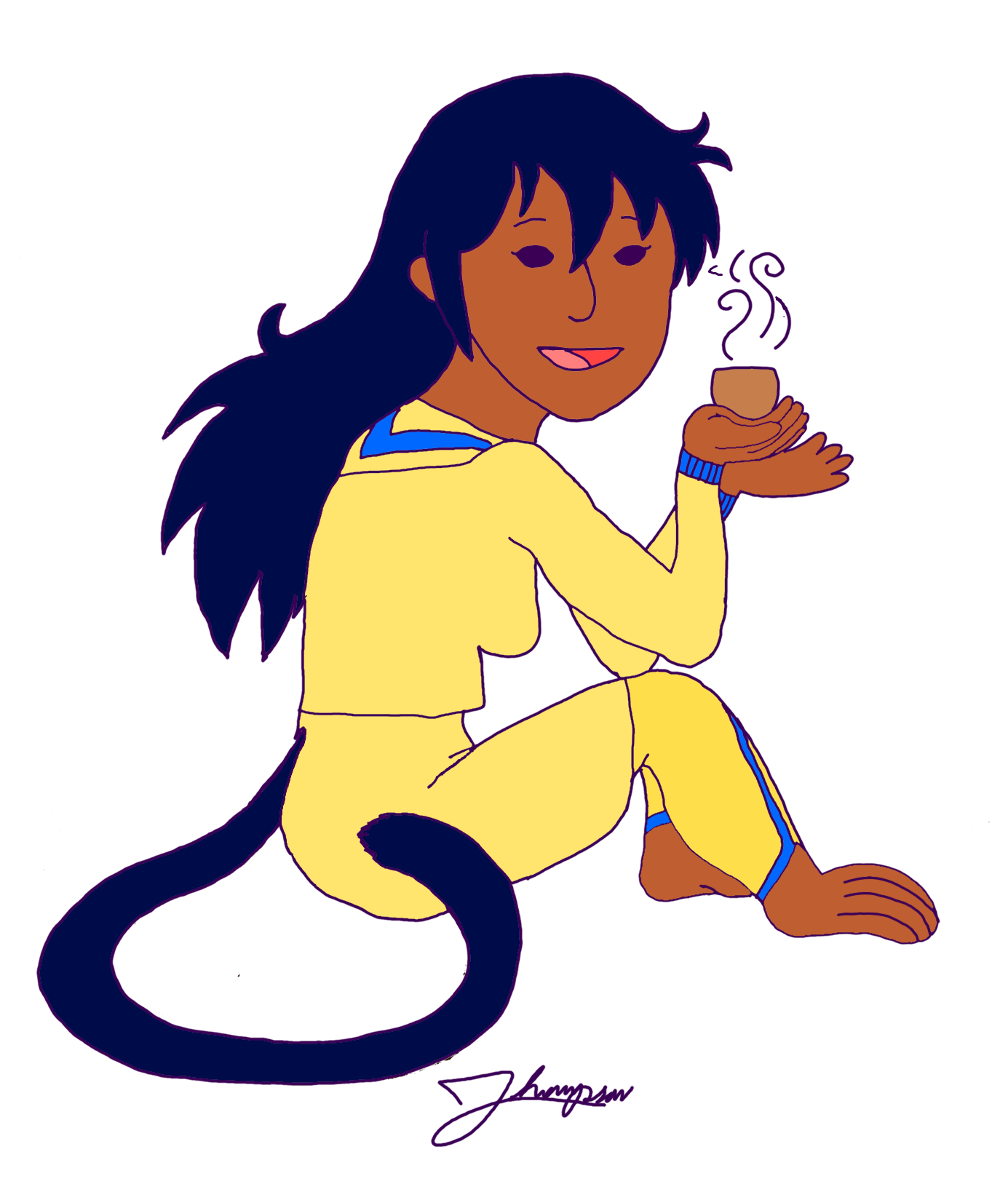
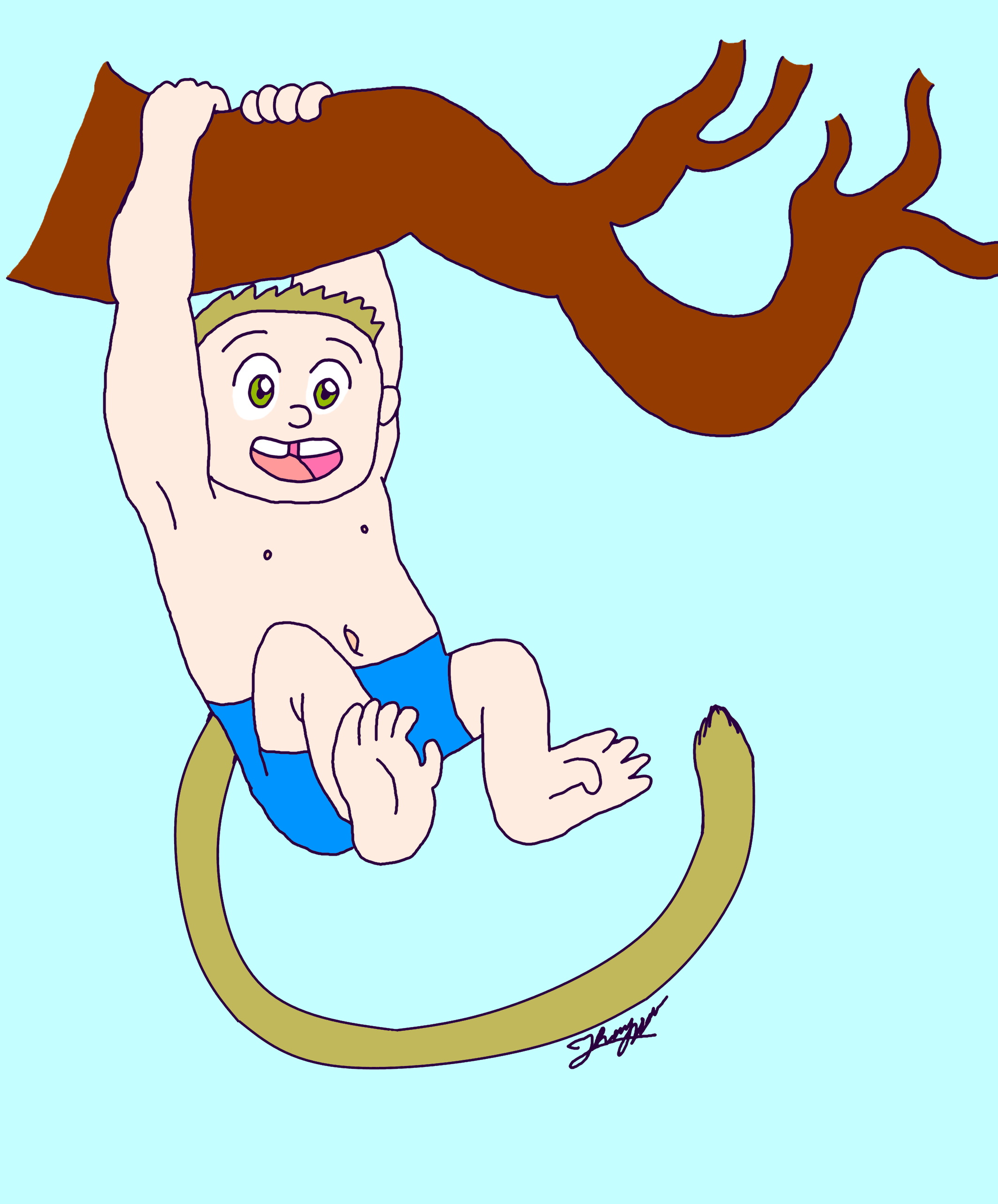
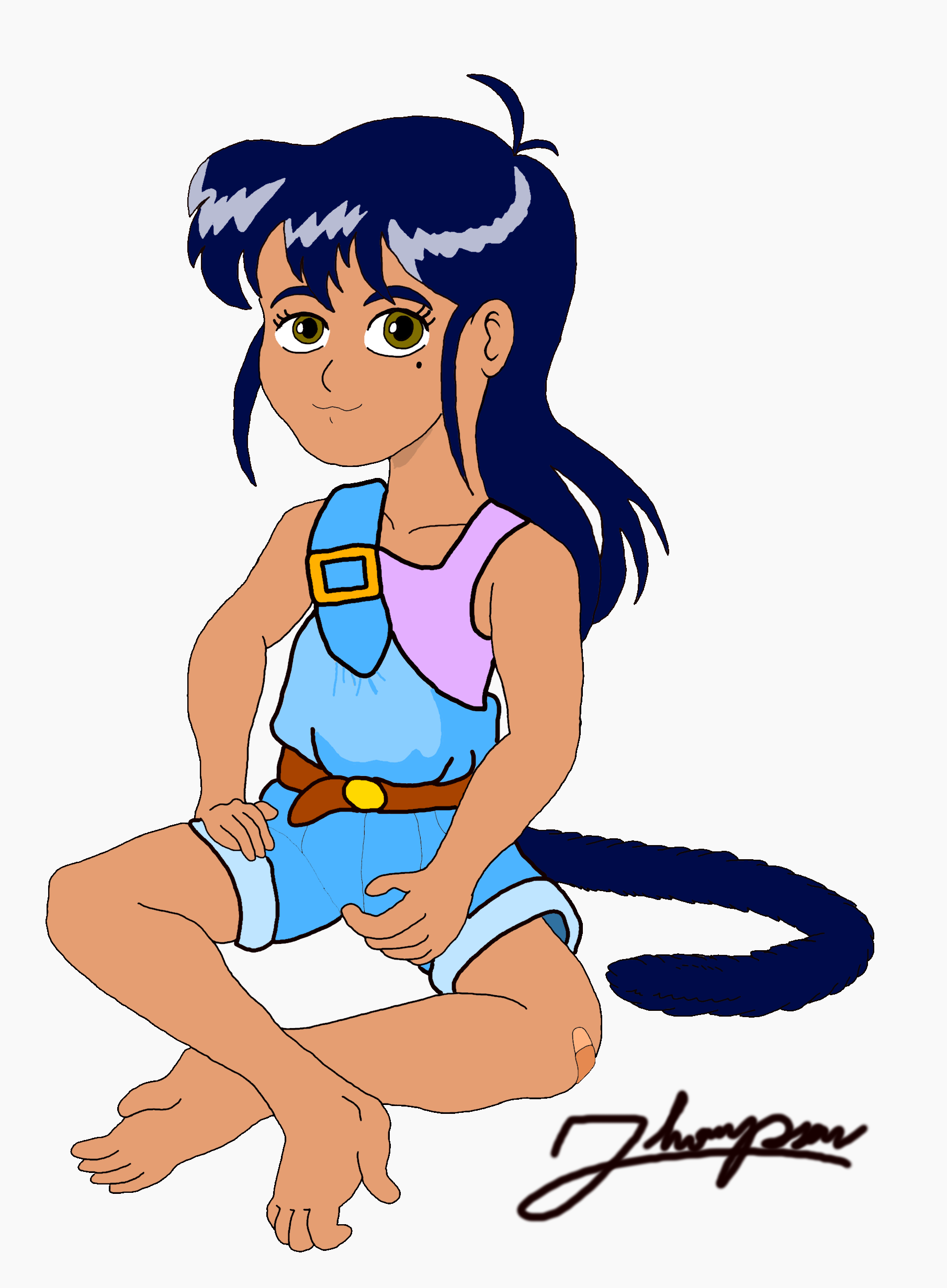
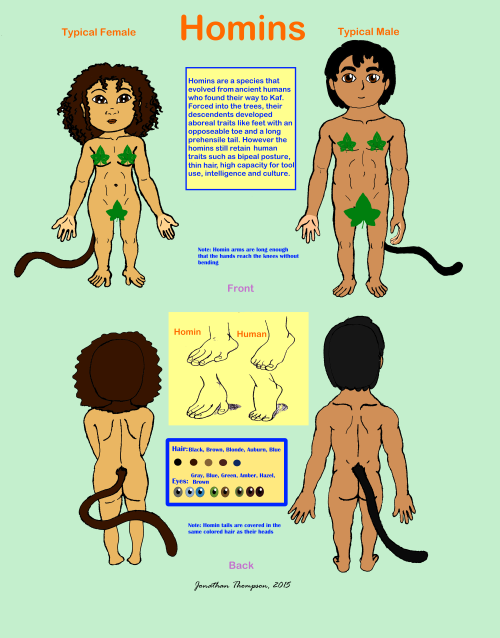


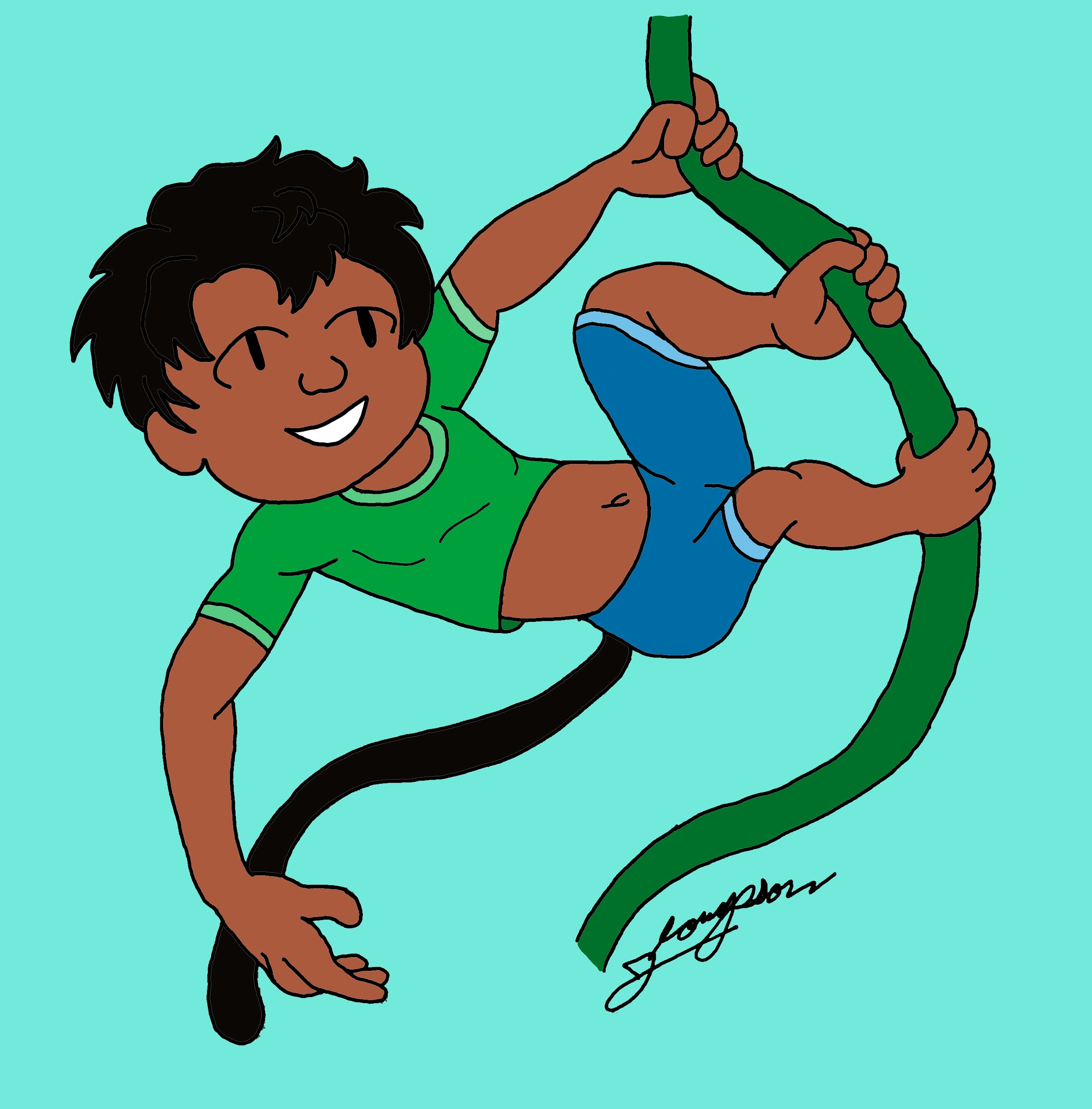
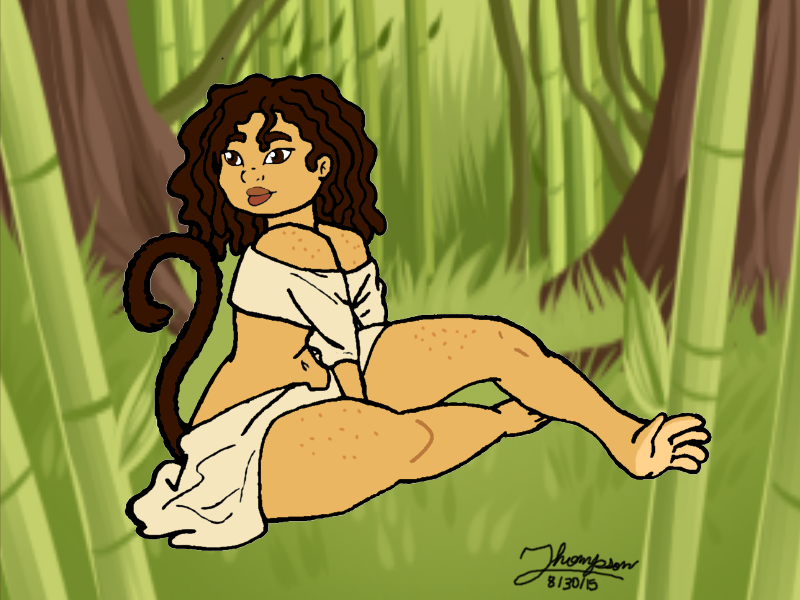


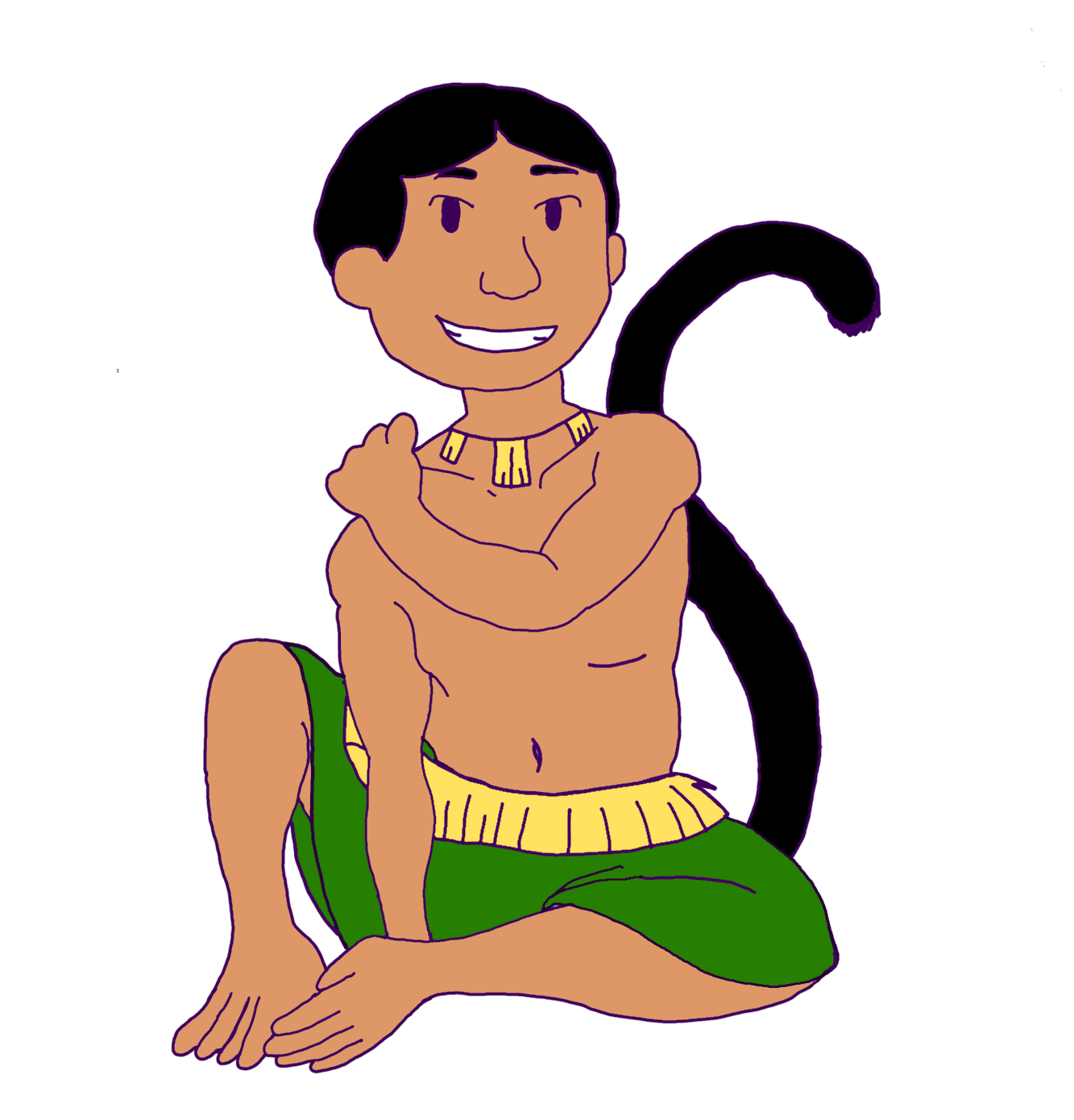
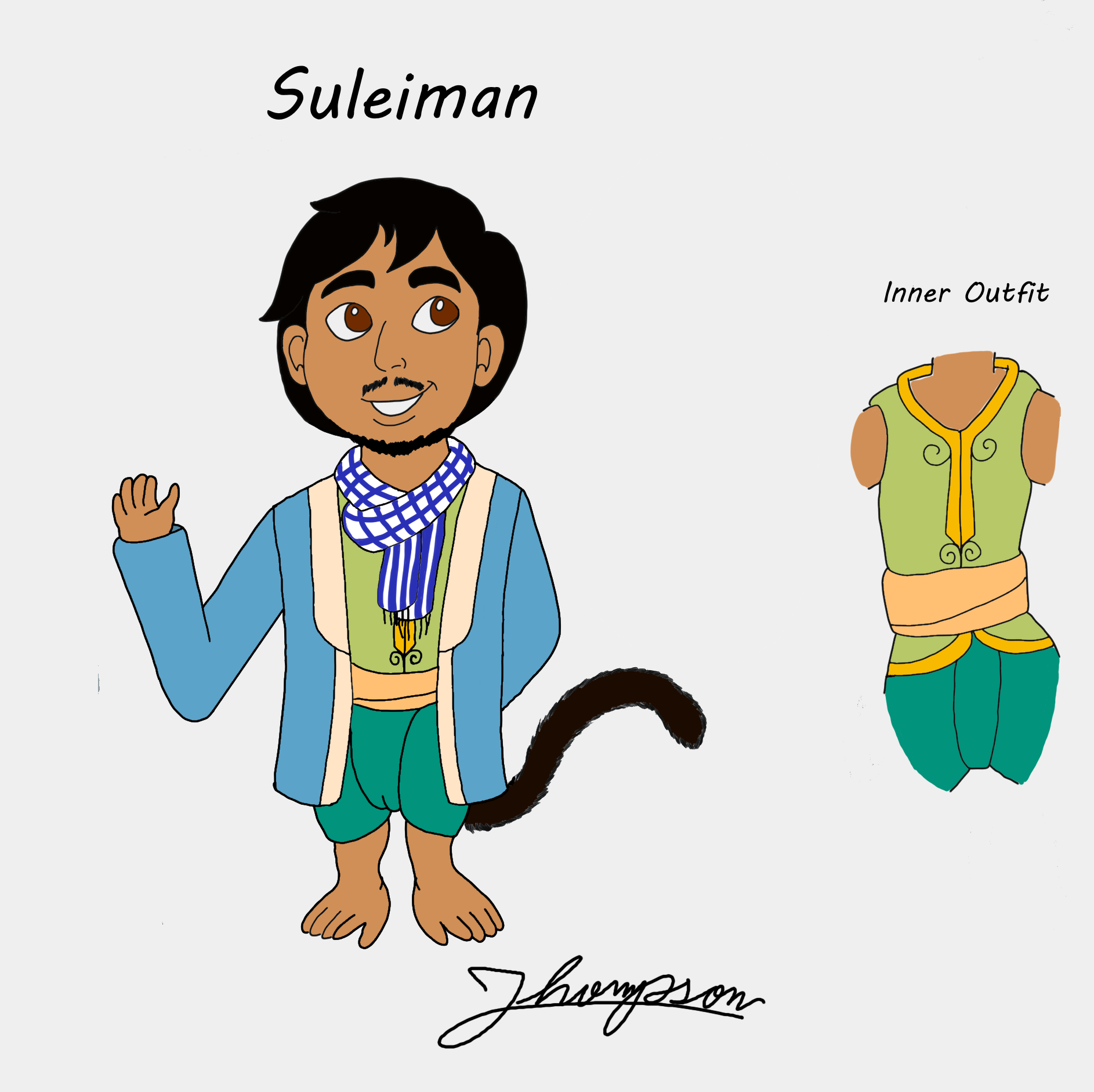
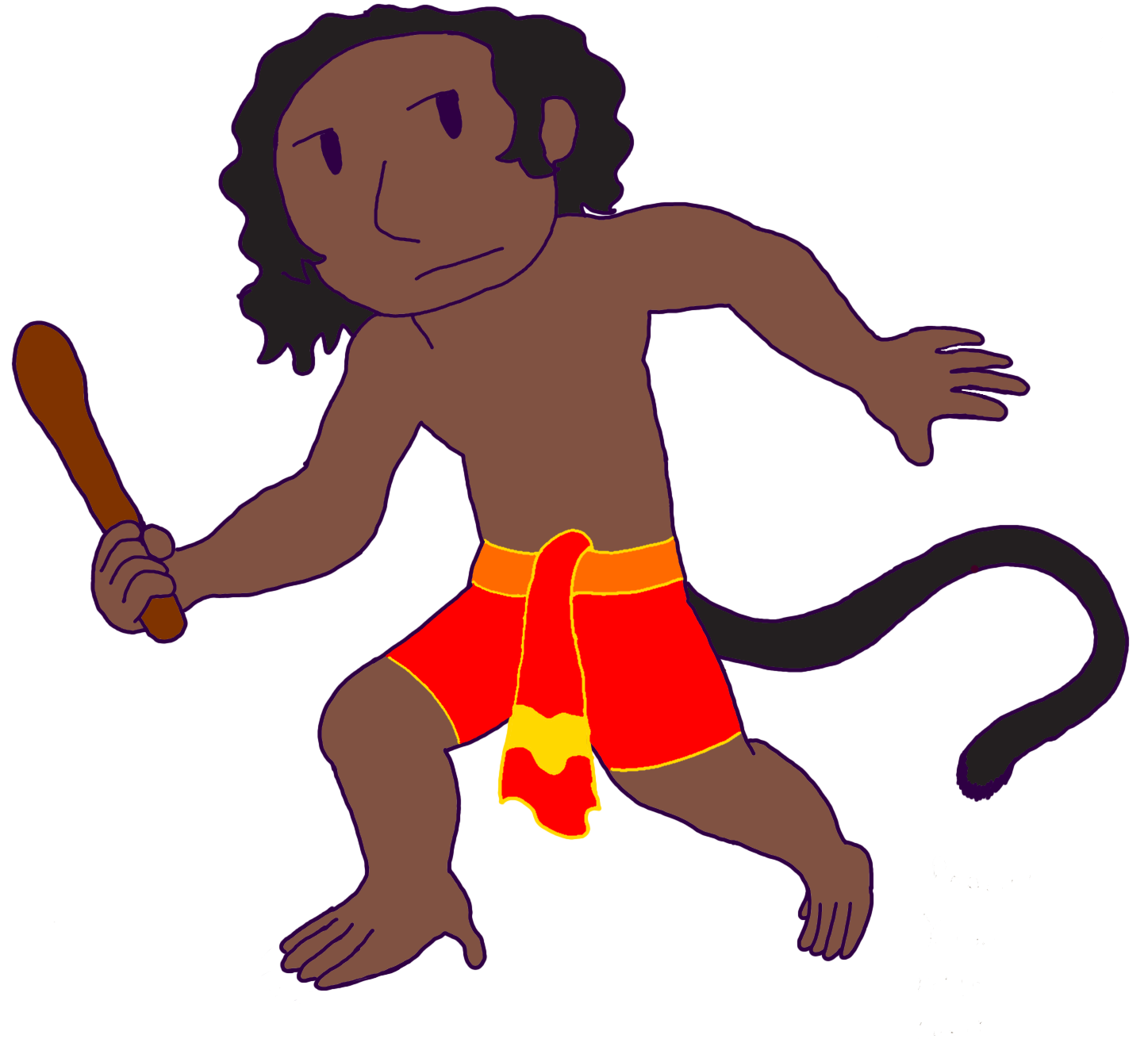
Comments
Author's Notes
Homins are one of the first species I built for this world after the jinn. The whole race started off with the idea: How useful would life be if we had an extra pair of hands and a tail? Why does the rest of the primate family tree get to keep their hand feet?". With a little research on great/lesser apes, primate and human evolution, and some manga, the base for homins came into being. They are some of my favorites in the world and I kind of consider them a flagship race of the series if you will.